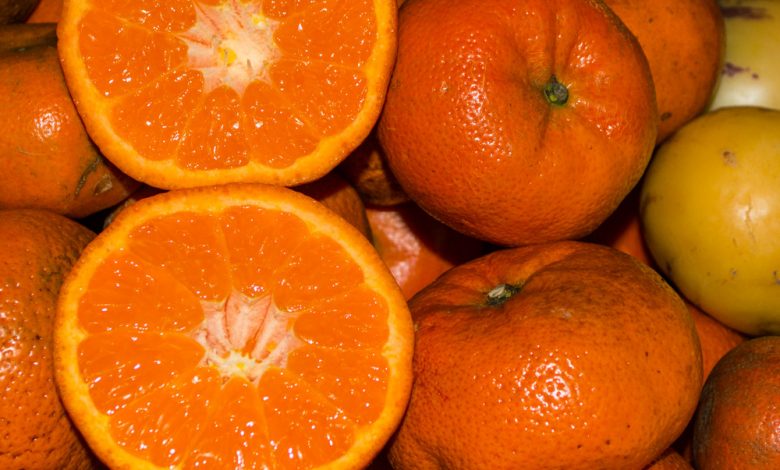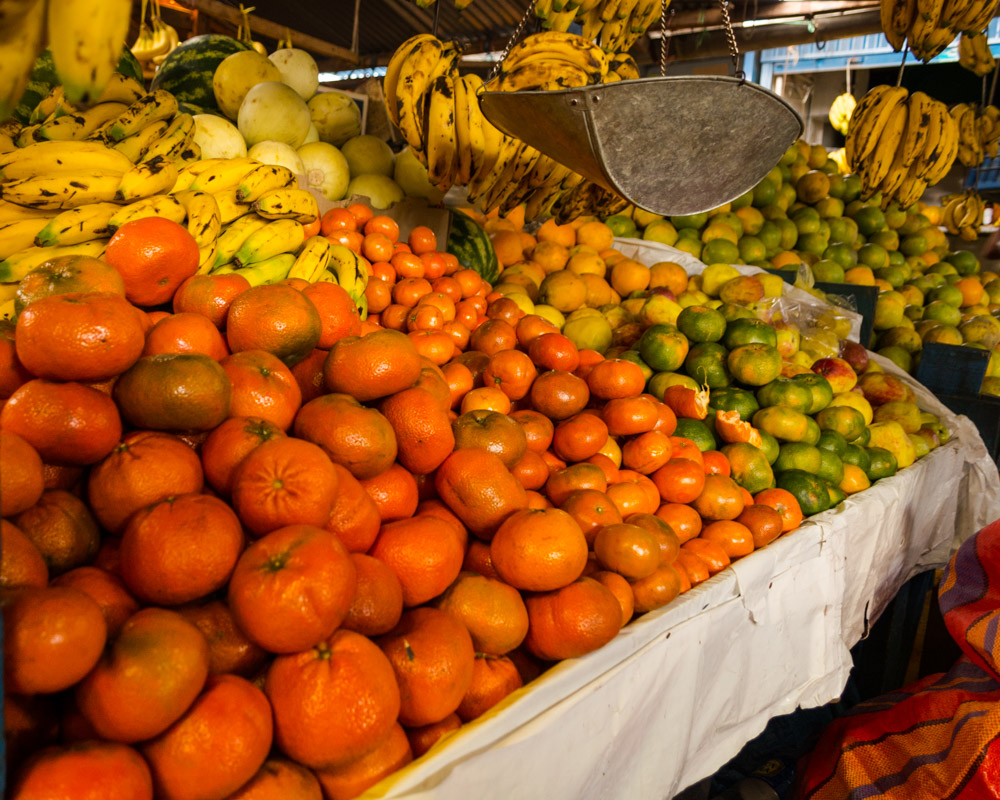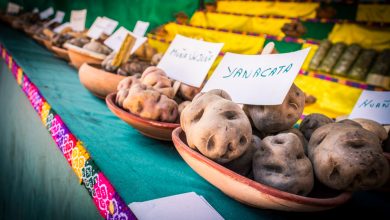Juicy and Colorful, Mandarins Delight Cusco

Cuzco is a city of traditional markets, though more and more supermarkets are springing up. Still, everyday people go to our markets to buy the different foods they needs for their family’s meals. They almost always prefer the markets since that is where the most economical prices are found and where they can find what they need for their home.
The caseras, the vendors, look comfortable, seated in their respective stands. Dressed in their traditional aprons and differently colored hats they serenely await the arrival of their clients.


All of the markets are divided into sections according to the product sold. Without doubt, the fruit section is the most attractive. When you enter this section you smell the wonderful aroma of fresh fruit that changes according to seasons. The colors reflect great joy and captivate all.
The tangerine, simple and straightforward, is there year round tempting the people of Cusco. This fruit has a soft peel and gentle color, orange and green. Inside the fruit is a bright orange and it comes in different colors.
It has a sweet flavor and when you try just a section of this fruit, at the behest of a casera, a vendor, an elixir extends across your palate and requires you to want more. Because of that flavor and because it is easy to peel, people eat them throughout the day.

We have mandarins. They are much smaller. These are completely orange and have a sweeter flavor than the tangerines. People love these as a dessert following their lunch.

Quillabamba is one of the places from which they bring this fruit and others to our city. From that beautiful place the fruit comes with lots of love.
This classical citrus fruit is a favorite of many and, furthermore, is an ideal fruit of a child’s lunch box.
Mandarins and tangerines, generally called by the same name in Spanish—mandarina, are available in all the markets of the city as well as in many stores. Most are sold according to size and cost between 0.30 and 0.40 cents of the Peruvian sol.




